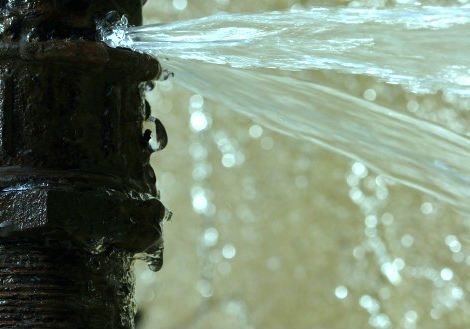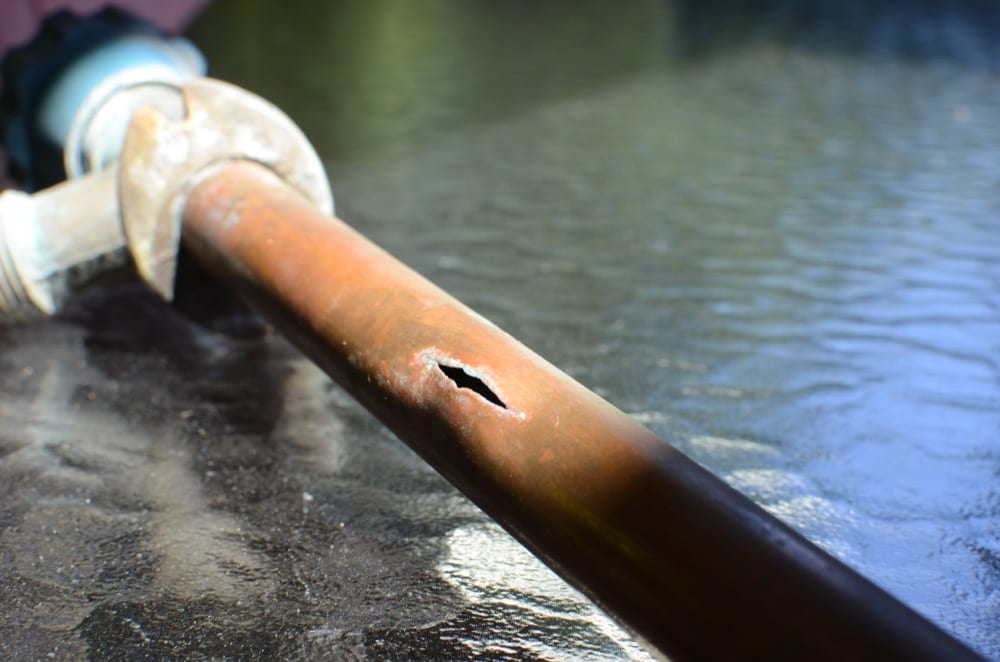This article following next involving How to Prepare for Your Dishwasher Installation is amazingly stimulating. Try it and draw your own personal conclusions.

A burst pipeline is a major emergency; you can only stand as you watch water you pay a lot to reunite with the planet. In even worse instances, you discover a swimming pool on your kitchen area flooring, which is a terrific journey hazard, especially if you have kids around. If the pipe that burst was in your walls, problem: you might require to repaint that entire section.
How can a disaster like a ruptured pipe be avoided and handled? Well, by paying attention to your professional emergency plumbing technicians and also complying with these regulations.
Exactly how do I recognize when my pipes have ruptured?
Varying water stress
Pipelines do not just burst in a day. You might have noticed that your cooking area tap or shower doesn't run quickly when you turn the tap. It may stop briefly for a few secs and after that blast you with even more pressure than common.
In various other circumstances, the water may seem typical in the beginning, then drop in pressure after a few secs.
Infected water
Many people assume a burst pipeline is a one-way electrical outlet. Fairly the contrary. As water spurts of the hole or gouge in your plumbing system, pollutants find their method.
Your water might be contaminated from the source, so if you can, inspect if your water storage tank has any type of issues. Nonetheless, if your drinking water is supplied as well as detoxified by the local government, you need to call your plumber immediately if you see or smell anything funny in your water.
Puddles under pipes as well as sinks
When a pipe bursts, the outflow forms a puddle. It may show up that the pool is expanding in dimension, as well as no matter how many times you mop the puddle, in a couple of minutes, there's another one waiting to be cleaned. Usually, you might not have the ability to map the puddle to any noticeable pipelines. This is a sign to call a specialist plumber.
Damp walls and water stains
Before a pipeline ruptureds, it will certainly leak, most times. If this persistent dripping goes undetected, the leak may graduate into a wide gash in your pipeline. One very easy means to prevent this emergency is to look out for damp wall surfaces ad water spots. These water stains will certainly lead you right to the leakage.
Untraceable trickling sounds
Pipe bursts can occur in the most undesirable locations, like within concrete, inside walls, or under sinks. When the house goes quiet, you may have the ability to hear an annoyingly relentless leaking noise. Also after you've examined your shower head as well as cooking area tap, the dripping might continue.
Beloved reader, the leaking may be coming from a pipeline inside your walls. There isn't much you can do concerning that, other than tell a professional plumber.
Turn up the Warmth
Set up followers to blow heat right into chilly areas. Keep the garage door shut. If you have reduced water flow, heat one of the most susceptible pipelines (typically in cellars and crawl spaces or near outside walls) with a hair clothes dryer. Leave the tap on while you apply warmth. As you melt ice, the circulation will boost. To stop pipes from cold, protect your wall surfaces.
Begin Removing the Water
Get the wipe, buckets as well as a shop vacuum cleaner to begin to eliminate the water since you certainly do not desire it soaking right into every little thing else in the house. Plus, a fast clean up will minimize the possibilities of something obtaining musty.
What do I do when I spot a ruptured pipe?
Your water meter will certainly continue to run even while your water wastes. To lessen your losses, locate the main controls as well as transform the supply off. The water mains are an above-ground framework beside your home.
How to Fix & Detect a Leaking Pipe
How Do I Know if a Pipe is Leaking?
Leak detection tests can help you determine if your pipe has a leak. Even if you don’t see an apparent leak, you should still conduct leak detection tests regularly to save water and money—and prevent major damage to your home.
Water meter. It can be helpful to figure out what your usual water meter usage numbers are and then monitor them regularly. To monitor your meter, first, turn off all water faucets in your home. Check the meter and write down the numbers. In a few hours, check the meter again. If the numbers have changed, you have a leak. Water gauge. Use a water gauge to test your water pressure. Your showerhead should produce a certain amount of water pressure based on its model and design. If the pressure is lower than it is supposed to be for that specific showerhead, your home likely has a leak. Puddles. Look inside your bathroom, laundry, and kitchen sink cabinets. Puddles around the cabinets or around toilets, tubs, showers, and washing machines indicate the presence of a leaking pipe. You may also notice loose tiles, peeling or flaking paint, or mold caused by water accumulation. Napkin test. Even if you don’t see any puddles, you may still have a leak. You can test for water leaks in the bathroom, laundry, and kitchen by wiping below-sink connections with a napkin, paper towel, or piece of toilet paper. If it becomes damp, you probably have a leaking pipe under the sink. Discolored walls. Walls that are discolored—usually with brown or yellow stains—or bulging might mean that they have been impacted by water damage caused by a leaking pipe. Smell. A leaky pipe will create sitting water, and over time, that water may develop a musty smell. If your home smells musty, but you can’t locate the source, it may be due to a leak. Steps for Fixing a Leaking Pipe
A leaky drain can be remedied by tightening the pipe base, replacing the drain seal, caulking the rim, and tightening the pipe nut. Similarly, a leaking toilet pipe can be treated by tightening the packing nut. You may also need to replace the valve. A leaky faucet may just need tightening or replacement of the washers. If that doesn’t work, consider replacing your faucet. If your pipe has a hole in it, you may want to use a pipe leak sealer or pipe leak tape. This quick fix for water pipe leaks can also temporarily fix a copper pipe leak. https://www.ahs.com/home-matters/quick-tips/how-to-tell-if-pipes-are-leaking/

I found that piece on How to install a dishwasher safely while doing a lookup on the internet. Sharing is caring. You never know, you might be doing someone a favor. Kudos for your time. Come back soon.
Book-Now